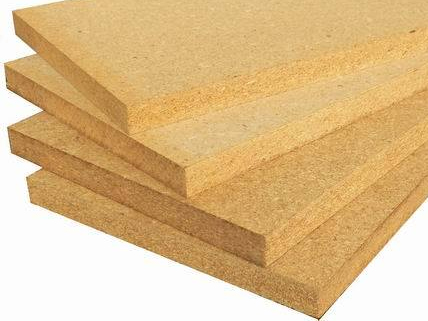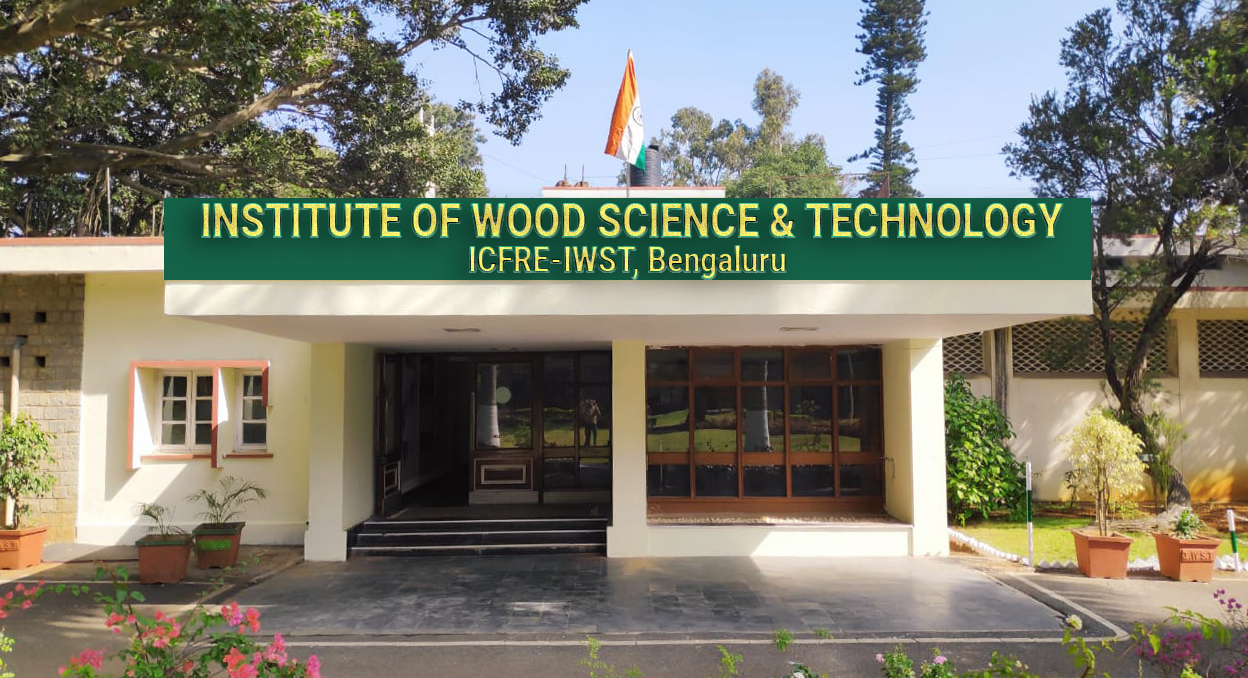Wheat Straw Fibre Board

Panel industry is growing at 20.25% largely due to shift in consumer’s preference for Medium Density Fibre board (MDF). The demand for MDF in country is 1600-1800 cbm per day. Since wood raw material is becoming scarce, there is a need to source raw material from other natural material. In India huge quantity of agricultural residue is generated every year. Use of agro waste would replace wood in MDF manufacture and thus save valuable trees in forest on outside. On the otherside in the absence of assured returns, farmers find burning is an economic way of managing the agro waste. Burning of straw emits gases like carbon dioxide, methane, carbon monoxide, nitrogen oxide, sulphur oxide which adversely affect human health as well as the environment. Hence an attempt to evaluate the suitability of Agricultural waste such as wheat straw for the manufacture of MDF was taken.
Wheat straw contains 4-6 percentage of Silica. The percentage of silica varies depending on the source of wheat grown. The chemical and physical characteristics of alkali treated and untreated wheat straw fibers investigations reveals that the ash and lignin content decreased as the percentage of alkali treatment increased. Refining parameters with pressure of 0.6Mpa at refining time of less than 4 minutes have been studied. MDF was manufactured using different wood adhesives such as Phenol formaldehyde, urea formaldehyde and melamine urea formaldehyde resin. The targeted density of all the boards was in the range of 850-900 kg/m3. Physical and mechanical properties were tested according to IS 12406-2003 “Specification for MDF for General Purpose”.



